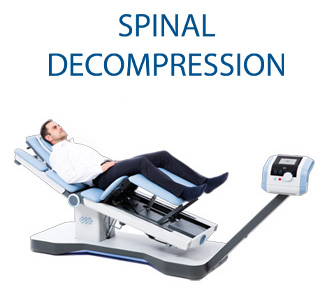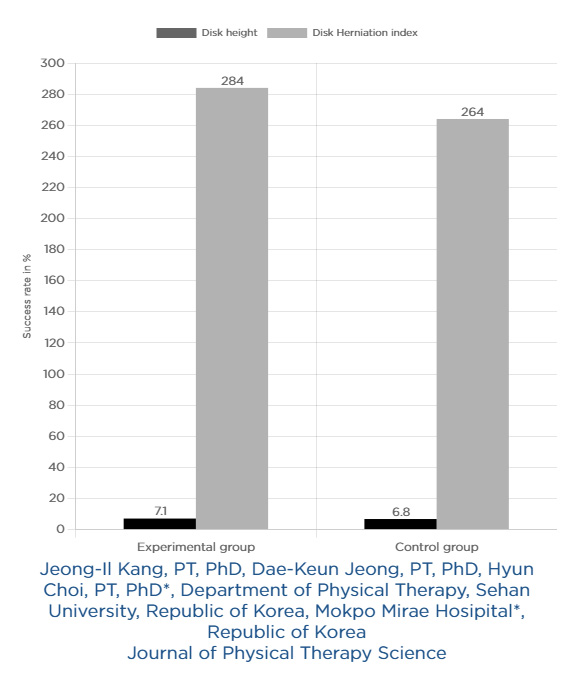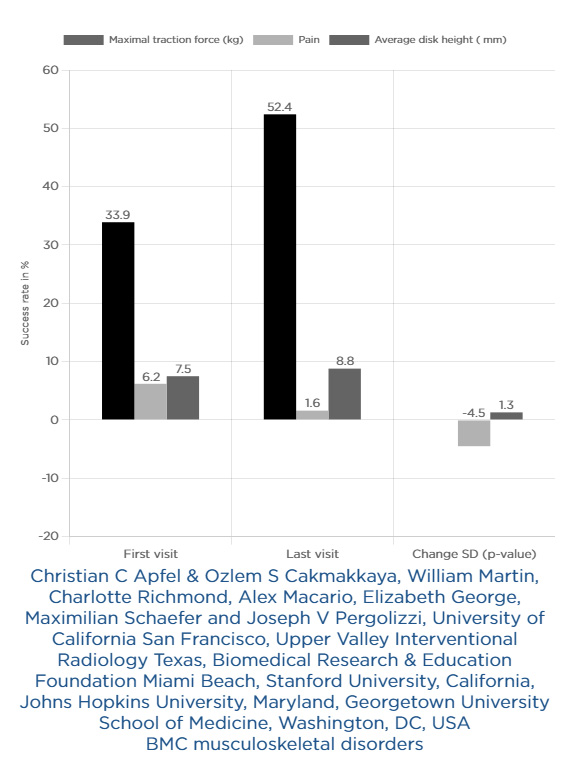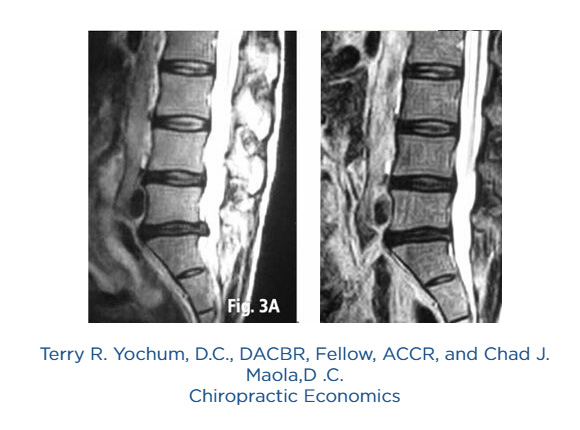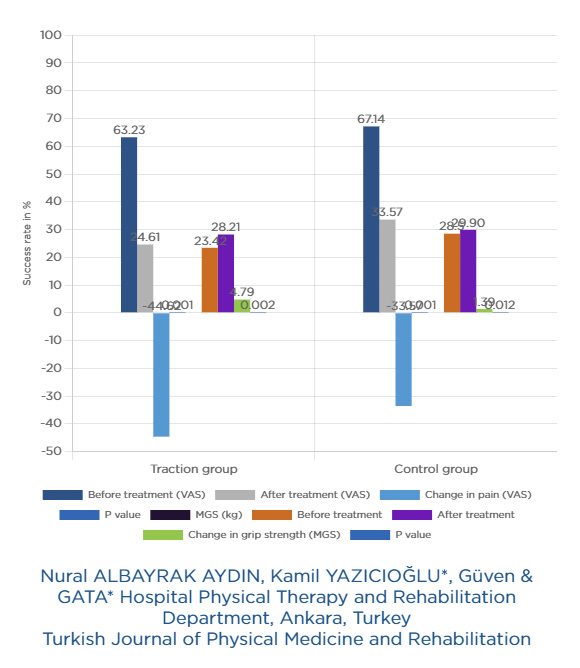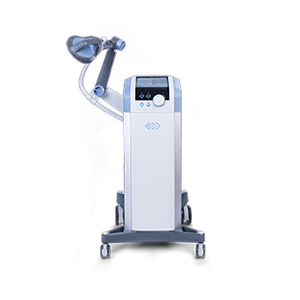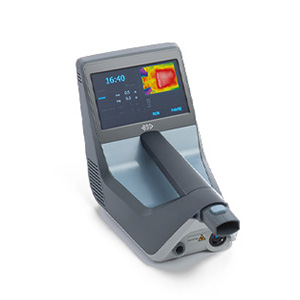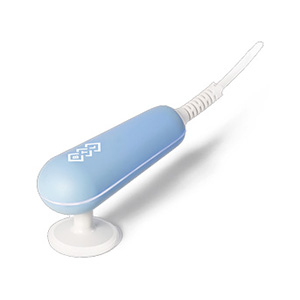
Spinal decompression
Description
Highlights
Operating principle & technology
Studies
Description
A NON-INVASIVE ALTERNATIVE TO SPINAL SURGERY
Spinal decompression is a non-invasive treatment alternative to spinal surgery. It offers an effective treatment for chronic back and neck pain, herniated discs and other spinal problems without the need for surgery. This therapy uses targeted mechanical forces to decompress the spine and relieve pain.
Take your patient care to the next level!
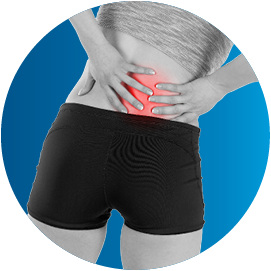
Chronic pain in the lower back
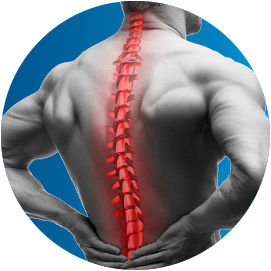
Herniated disc
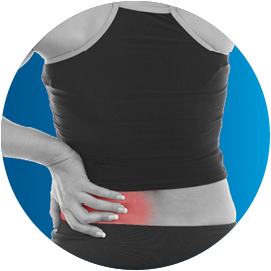
Back pain that indicates an operation
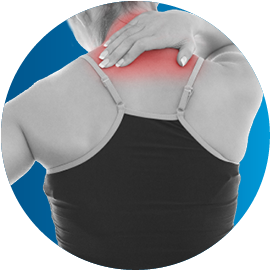
Spondylosis
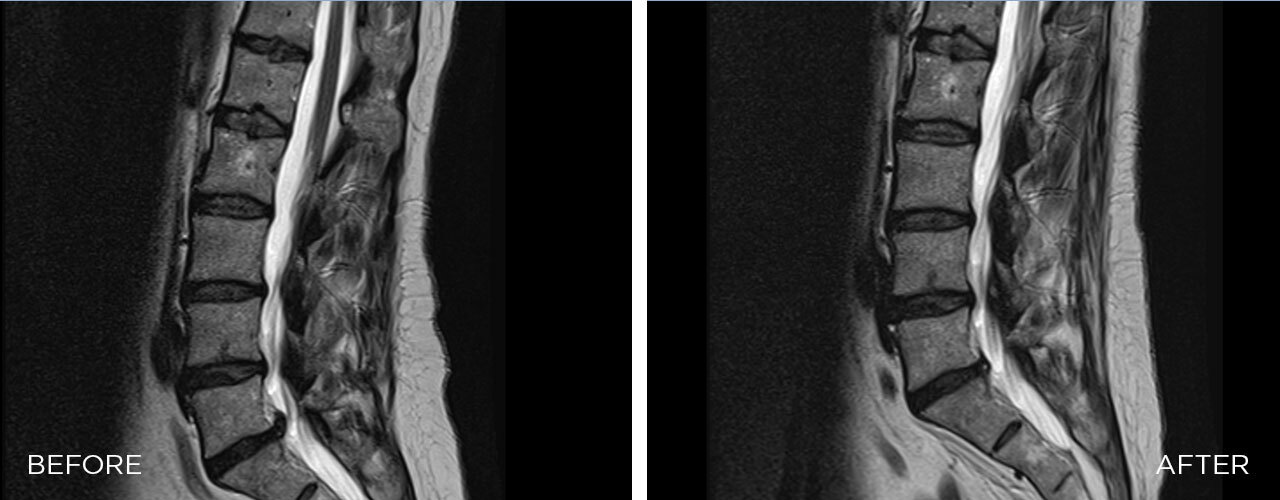
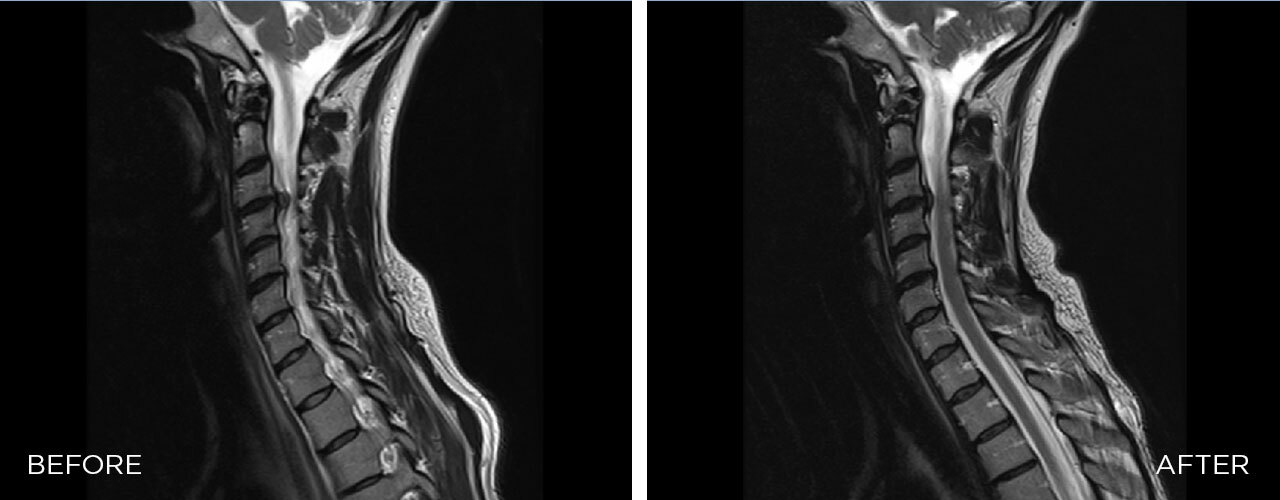
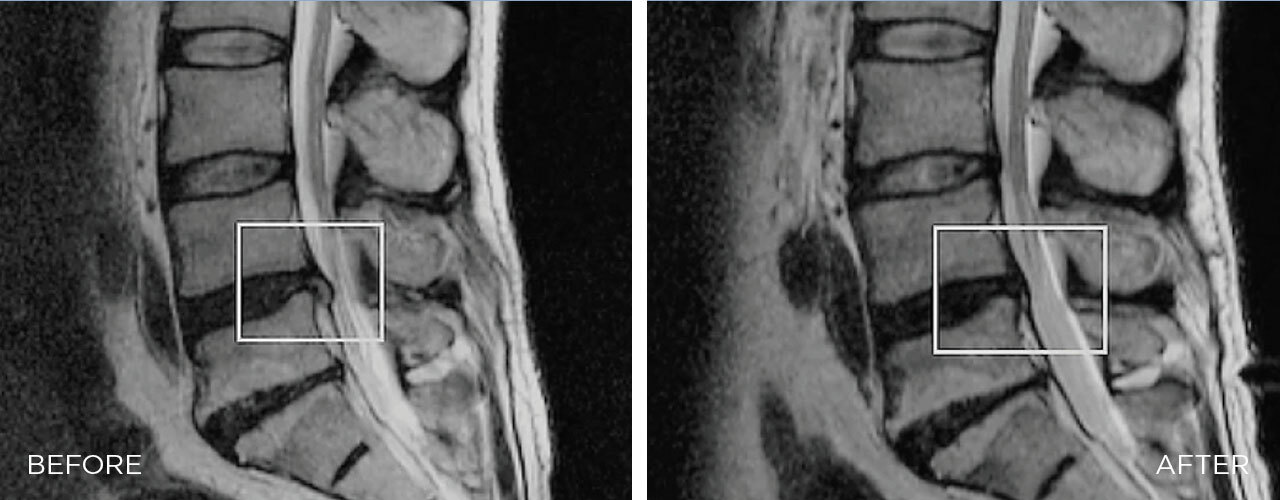
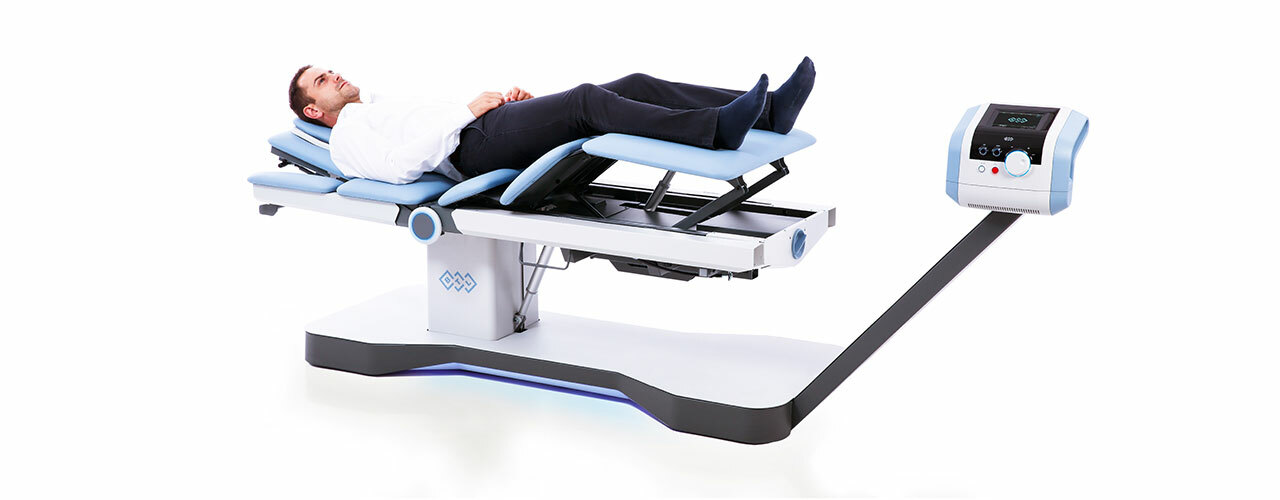
Highlights
- The first automatic decompression for neck pain that is comparable to manual therapy
- Causes distraction and mobilization of the intervertebral joints, relieves the intervertebral discs and improves blood circulation
- Can also be used for diagnosed scoliosis
- The presets are equipped with different therapy modes and are therefore easy to use
- Used in a wide variety of fields such as orthopaedists & neurologists, chiropractors, manual therapists, osteopaths, physiotherapists and rehabilitation specialists
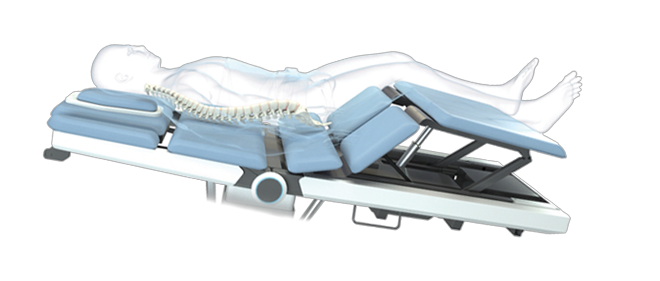
Operating principle & technology
Mechanism of action
BTL SPINAL DECOMPRESSION uses mechanical therapy approaches with automated decompression forces that are specifically designed to mobilize the joints, reduce pressure on neurospinal structures and simultaneously relax and lengthen the soft tissues. This targeted relief effectively releases blockages and tension in the spine, leading to pain relief and improved mobility.
Pain in the lower back
BTL SPINAL DECOMPRESSION offers precise targeting of the therapy, which is focused on the affected segments of the spine. This innovative therapy opens up a completely new way of treating back pain of various origins. It offers a precise and effective solution for reducing pain in the lower back, which can be caused by various factors.
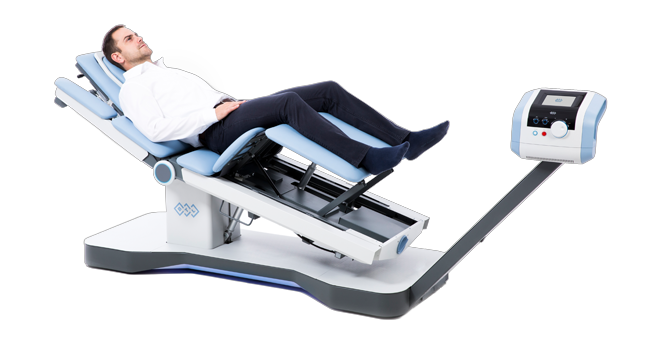
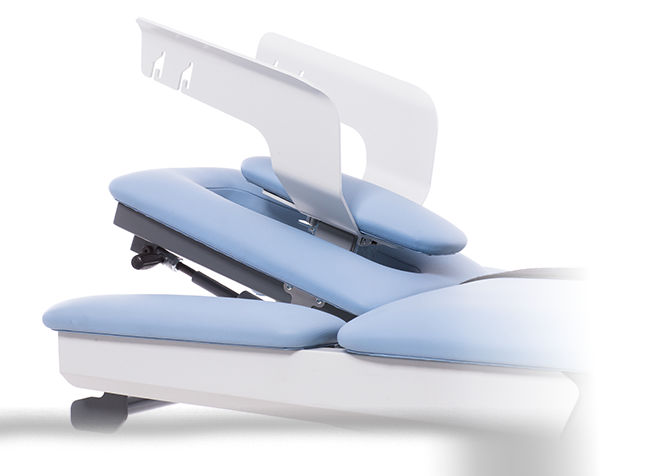
Neck pain
BTL SPINAL DECOMPRESSION is also the first automated decompression therapy that can be used successfully for neck pain. It replaces conventional manual therapy and achieves the same clinical results without having to resort to invasive procedures. This enables comfortable yet highly effective treatment of neck problems.
Studies
Decompression therapy was demonstrated to be more effective clinically than conventional traction therapy as an intervention method for disk disease.
The disc herniation index in the experimental group decreased significantly in comparison with that in control group, and the significance in the change in disk herniation index between the groups was significant.
Non-surgical spinal decompression was associated with a reduction in pain and an increase in disc height. The correlation of these variables suggests that pain reduction may be mediated, at least in part, through a restoration of disc height.
We identified patients with lumbar disc herniation with an average duration of LBP of 12.5 weeks. During treatment, low back pain decreased from 6.2 to 1.6 and disc height increased from 7.5 mm to 8.8 mm (p < 0.001). Increase in disc height and reduction in pain were significantly correlated.
Decompression of the spine proved to be superior to the other forms of conservative care when applied to our patient. The patients’ results were both subjectively favorable and objectively quantified.
Relief of symptoms began following the first treatment, and eight weeks of follow-up care provided 100% reduction of symptoms. Neutral seated (weight-bearing) MR images were repeated approximately 7.5 months following initiation of treatment. These images revealed complete reduction of the previously visualized L5/S1 discal herniation.
The system seems to give an effective spinal decompression and deserves a careful consideration when lumbar discal disease is treated conservatively.
Majority of patients have showed a significant subjective and clinical improvement with subsequent better quality of life. All patients referred a decrease or disappearance of radicular pain. Outcome measures were evaluated according to SF-36 system which is used in clinical practice and research.
Traction with regular physiotherapy modalities (hotpack, ultrasound, TENS) accompanied by home exercises for three weeks increased hand grip strength on the affected arm and reduced neck and arm pain substantially in C7 radiculopathy due to herniated disc.
Download the complete clinical studies
We will send you the complete clinical studies to your e-mail address.

